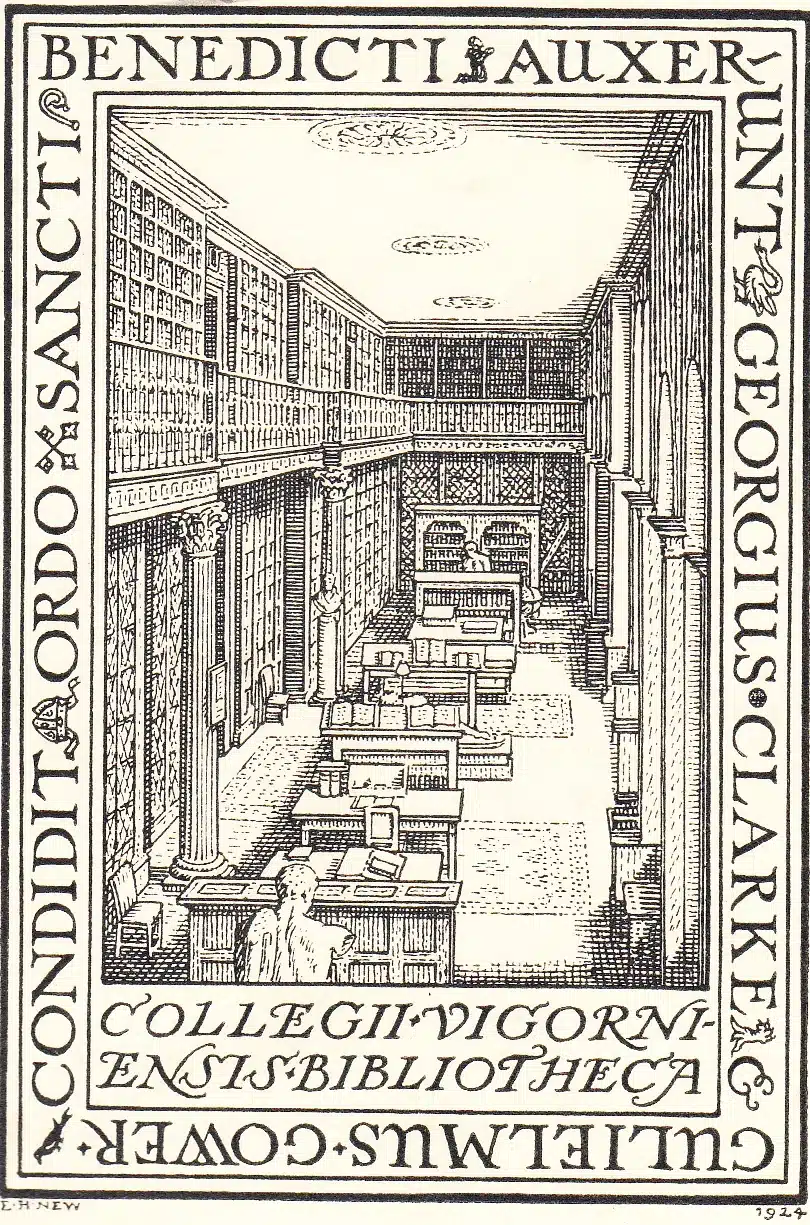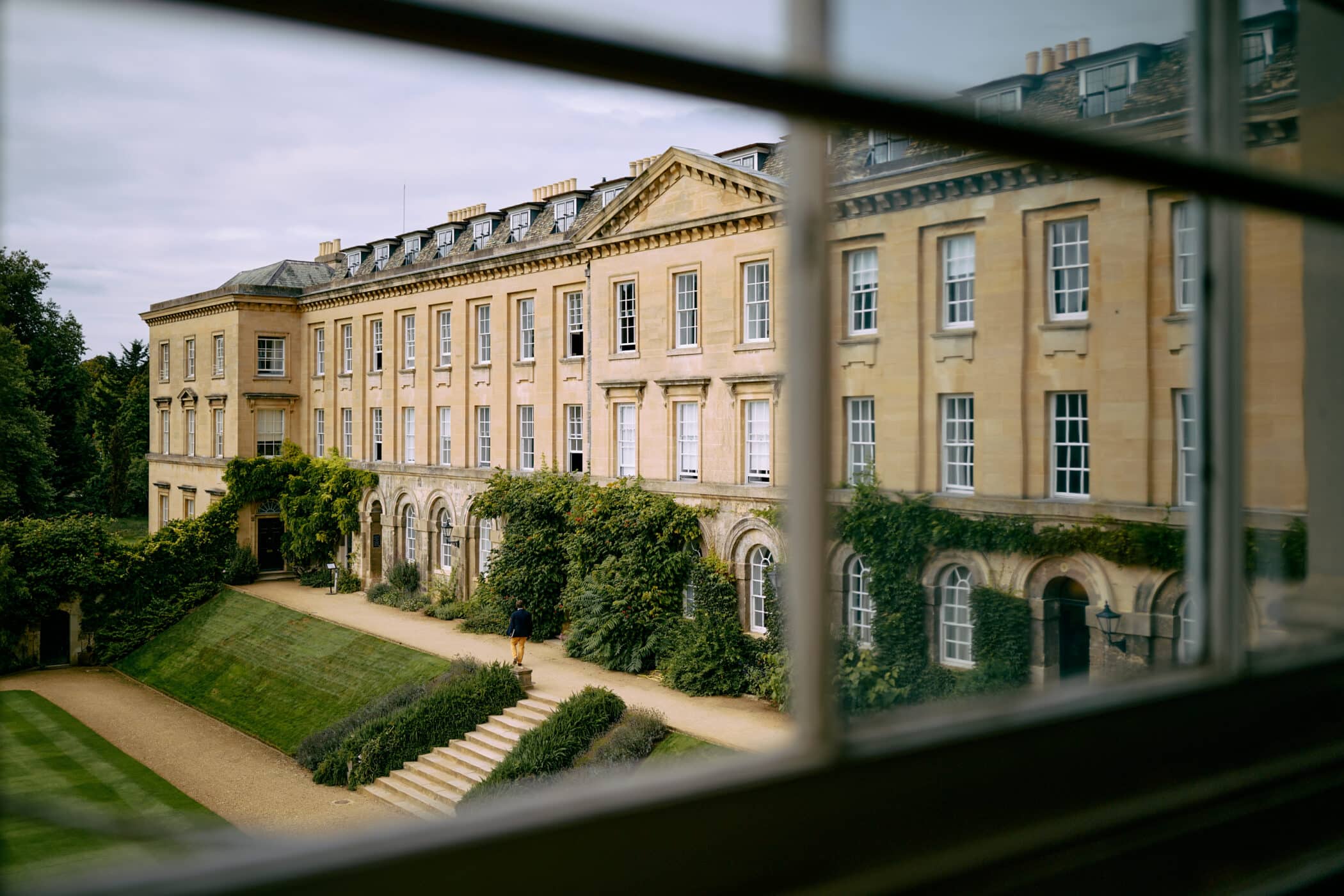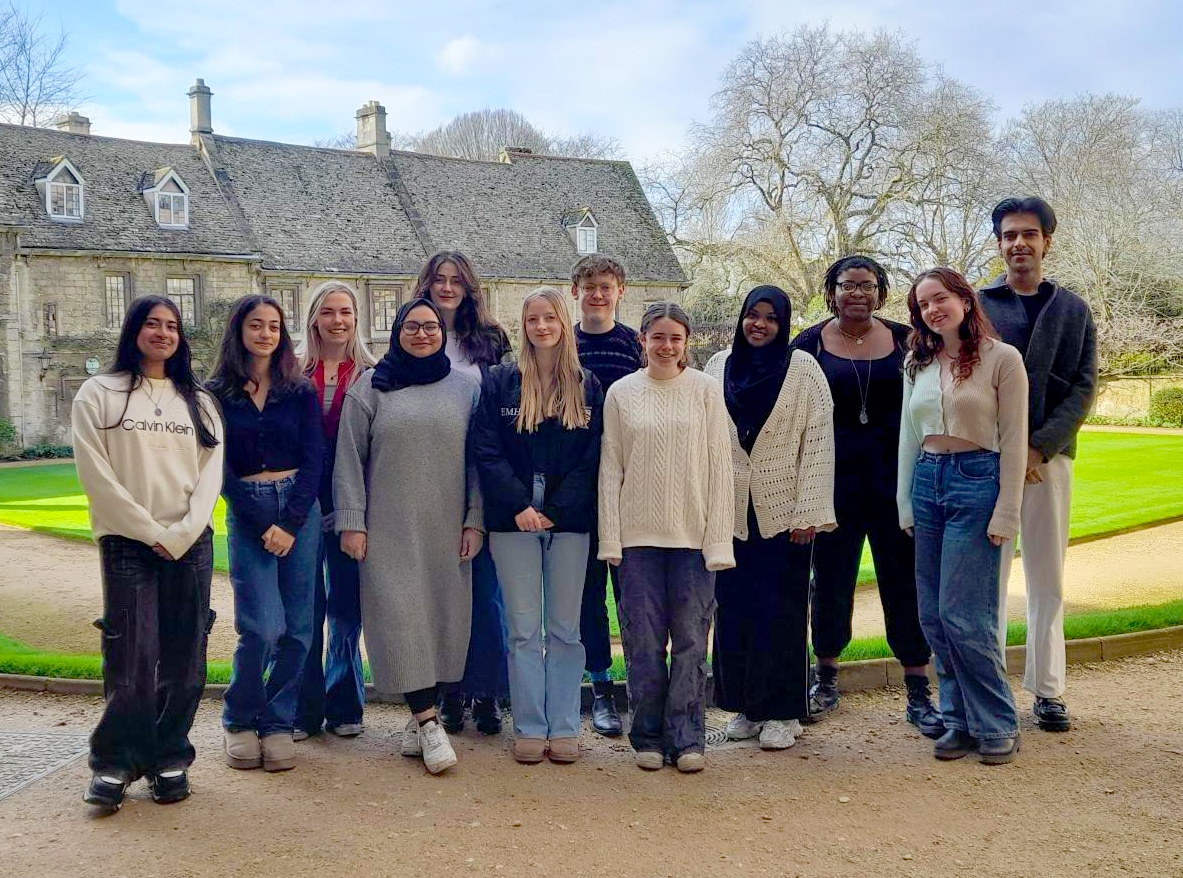College History
Gloucester College
In the late thirteenth century, the Benedictine Abbey of St Peter at Gloucester established a house of learning on the outskirts of Oxford. Gloucester College served as a place of study for thirteen monks but, in time, other Benedictine abbeys recognised the advantages of bringing their students together. Fifteen abbeys would eventually have distinct lodgings for their monks within Gloucester College. The medieval cottages in the Main Quad, the Senior Common Room in Staircases 1 and 2, and the student accommodation in Pump Quad all date from this period – the shields above the doorways denote which building belonged to which abbey.
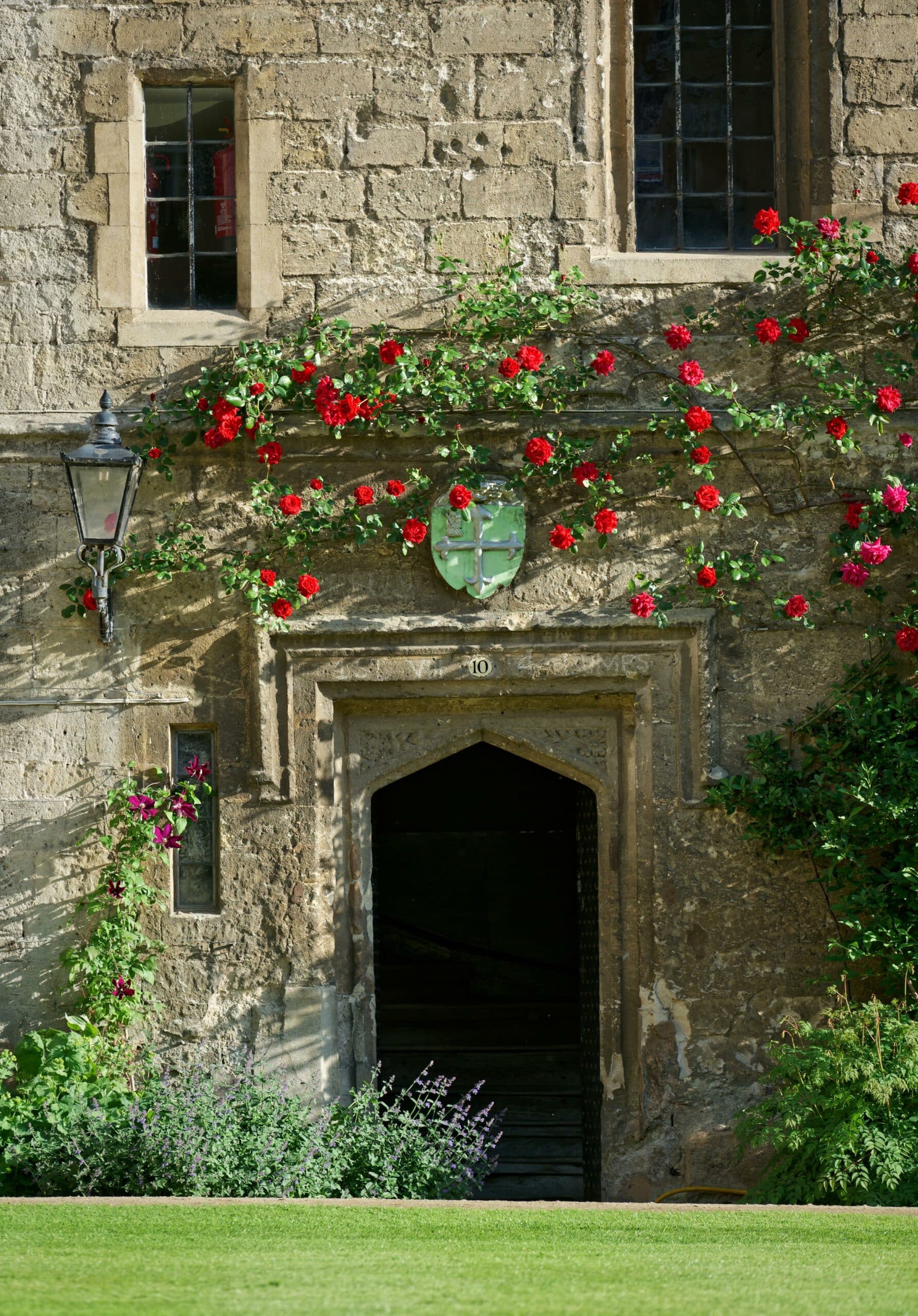
Arms of Glastonbury Abbey above the door to Staircase 10

The end of an era
Henry VIII’s dissolution of the monasteries in about 1539 ended the existence of Gloucester College and led to the dispersal of its assets, including the books from its library. In 1542 the College buildings were granted to the first Bishop of Oxford, Robert King, and he probably occupied them as his palace. In 1560 the buildings were purchased by Sir Thomas White, the founder of St John's College, who used them as Gloucester Hall, an annexe to the wealthy St John’s College.
The Greek College
For the next 150 years, Gloucester Hall had a chequered history and from 1660 its fortunes steadily declined. Many students were Catholics and one notable alumnus was Robert Catesby, leader of the failed Gunpowder Plot of 1605. The Hall’s penultimate Principal, Benjamin Woodroffe, established it as a ‘Greek College’ dedicated to educating Greek Orthodox students in Oxford. This attempt to forge ecumenical links with the Church of England was short-lived, educating just 15 students before its demise in 1705.
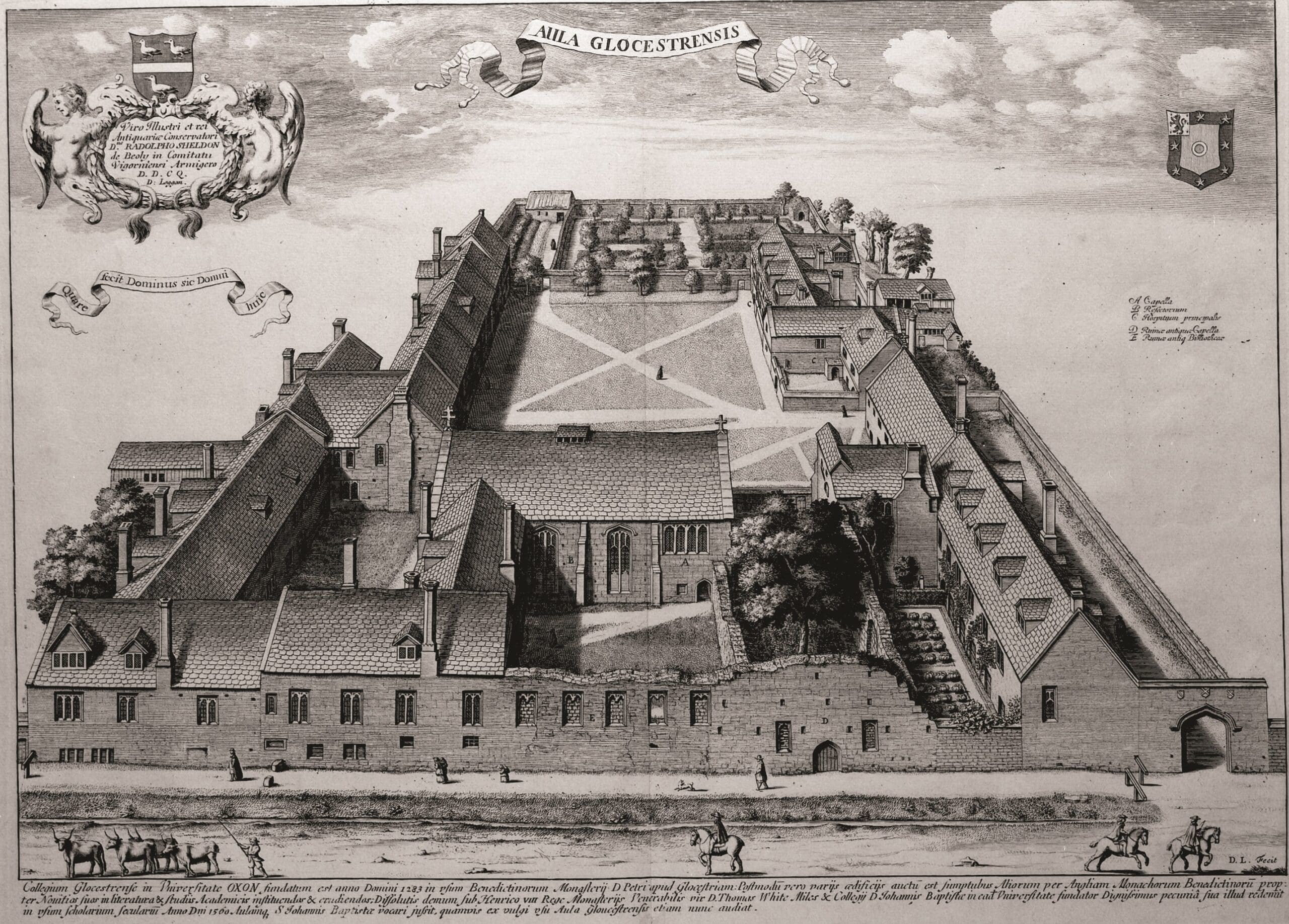

The foundation of Worcester College
Thanks to a benefaction of £10,000 from a Worcestershire baronet, Sir Thomas Cookes, the Hall was re-founded in 1714 as Worcester College. Building began in 1720 but, because of a lack of funds, proceeded in fits and starts. Amateur architect Dr George Clarke, together with his friend Nicholas Hawksmoor, designed the central group comprising the Hall, Chapel and a magnificent Library. The Benedictine cottages in the Main Quad were to have been demolished and replaced by a further classical range, but survived because money for this purpose never became available.

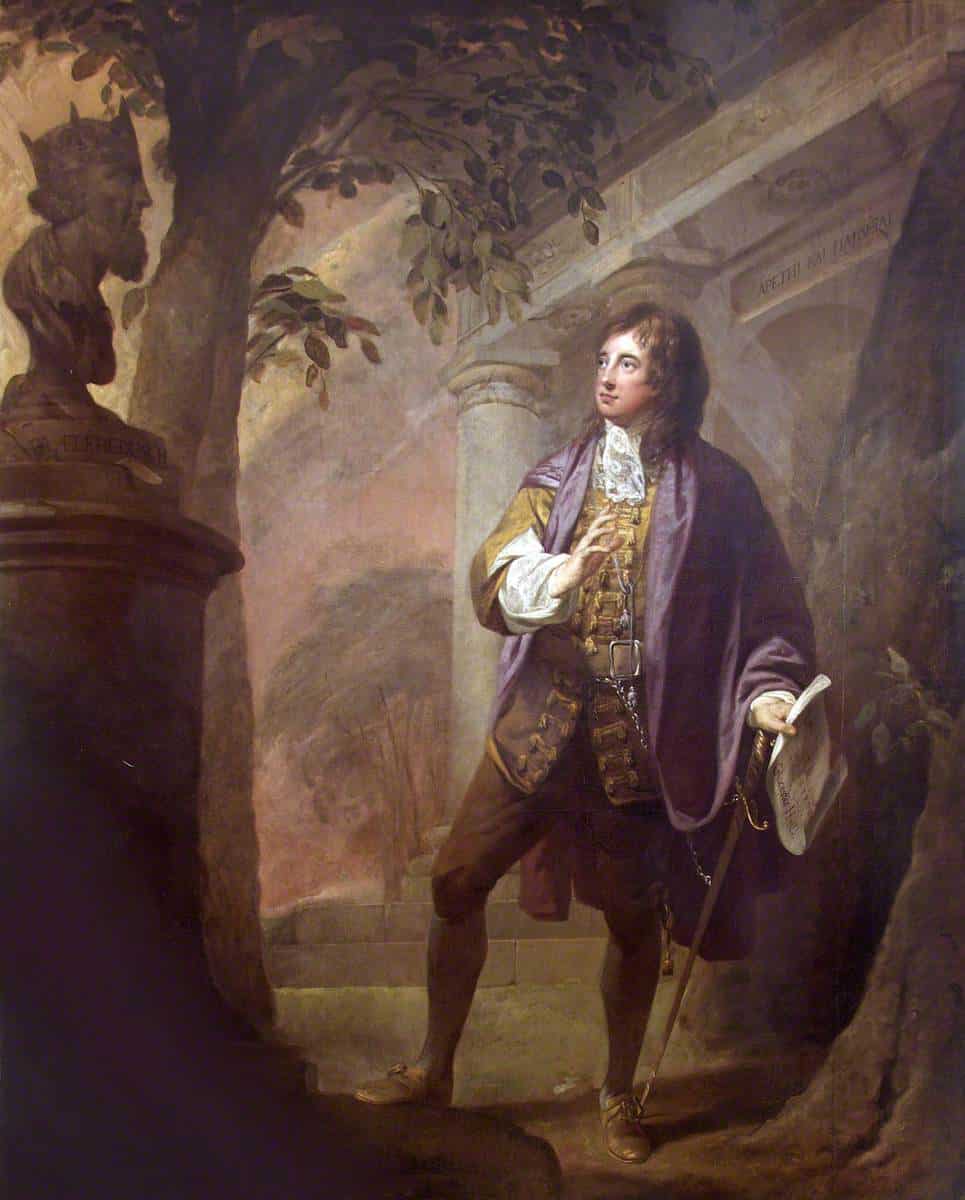
Sir Thomas Cookes Contemplating the Bust of King Alfred, Robert Edge Pine (1773)
An exceptional collection
The Library was completed in 1736 to house an exceptional bequest from Dr George Clarke who died in the same year. Clarke bequeathed his collection of books, manuscripts, prints and drawings to the College and they remain the foundation of our special collections to this day. The Hall and Chapel below the Library were completed in approximately 1784 with interiors by James Wyatt. Wyatt also designed the Terrace building on the north side of the Main Quad, which was completed with the Provost's Lodgings by Henry Keene in 1776.
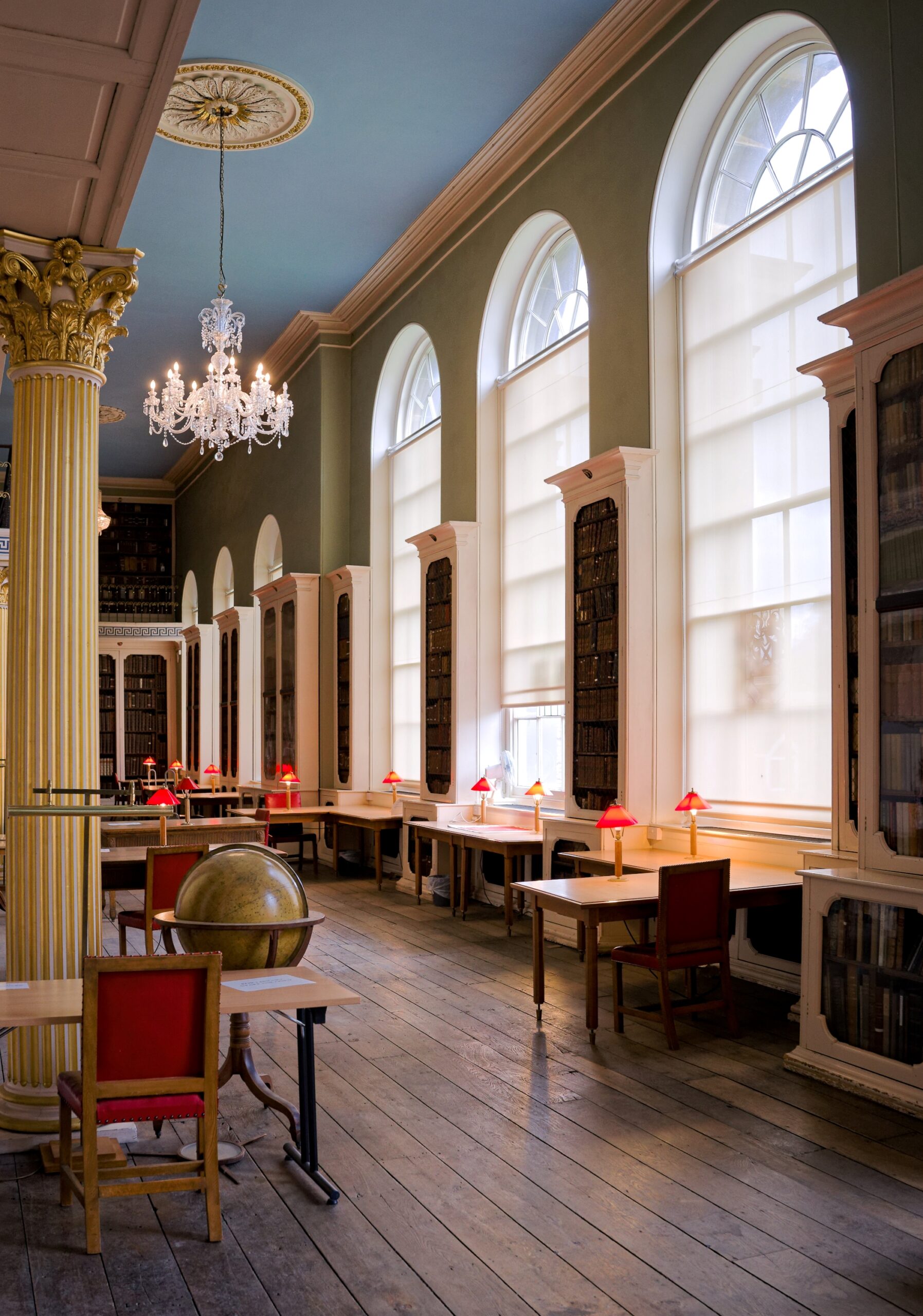
George Clarke's spectacular library

Green spaces
The picturesque lake is first mentioned in the College Archives in 1817. In these first decades of the nineteenth century, the gardens took on the form and character we still enjoy today, with the arboretum-like tree planting on the Nuffield Lawn and lazy lakeside walks. In 1900, the former water meadow to the north of the lake was transformed into the sports fields with an accompanying cricket pavilion. Meanwhile, a Worcester crew first competed in eights on the river in 1825 and the Boat Club has entered crews for Torpids and Summer Eights every year since 1843.

The Chapel reimagined
The Chapel was extensively redecorated and refurbished by William Burges in 1864. This reimagining of Wyatt’s spare Georgian interior introduced a fantastic array of painting, sculpture, mosaic and stained glass - and plenty of Burges' signature jokes. Burges was later commissioned to rework the Hall: a smaller budget constrained his design and a scheme inspired by Wyatt's original interior was recreated in 1966. A large marble fireplace with the College's coat of arms needed to be removed in this refurbishment and can now be found at Knightshayes Court in Devon, a National Trust property originally designed by William Burges.
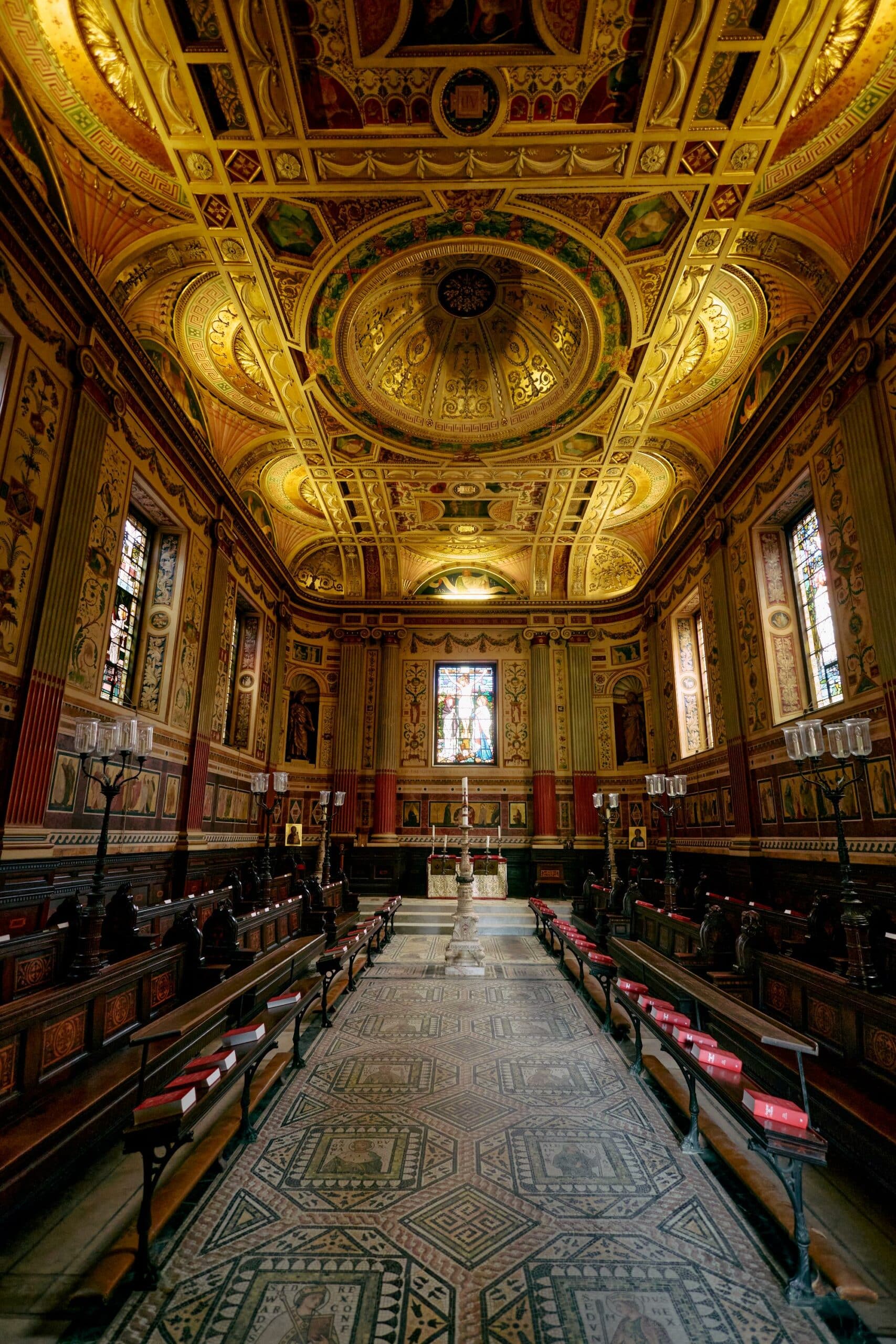
William Burges' glowing Chapel decoration of 1864

Treading the boards
Worcester’s dramatic society, the Buskins, first read plays in 1902 and today can claim to be Oxford’s longest running drama club. In the 1930s and 1940s, the Buskins became known for their collaborations with producer Nevill Coghill who twice staged productions of The Tempest on the lake. In a 1949 performance by OUDS, the character of Ariel appeared to walk on water, astounding the audience thanks to duckboards submerged just below the surface of the lake.
A new building
£50,000 from Lord Nuffield, founder of Morris Motors, represented the largest benefaction that the College had received since the eighteenth century. This enabled a new block of student accommodation to be built: the New Building, later known as the Nuffield Building, and today called the Asa Briggs Building in honour of the College's Provost from 1976 - 1991. This building enabled student numbers to reach 150 for the first time in the aftermath of World War II.

'Romeo & Juliet' performed by the Buskins in the Fellows' Garden, 1946
Women at Worcester
In Michaelmas Term 1979, 41 women entered Worcester as students for the very first time. But it was not until 2011 that the number of women undergraduates equalled that of men. A flagstone to commemorate the 40th anniversary of co-education was unveiled at the main entrance in 2019. Dr Sabina Lovibond joined Worcester as a College Lecturer in Philosophy in 1982; two years later she became the first woman elected to a Tutorial Fellowship, She retired in 2011.

Sultan Nazrin Shah
The newest building in the College is the Sultan Nazrin Shah Centre, home to an auditorium, seminar rooms and dance studio. Designed by Níall McLaughlin Architects and shortlisted for the Stirling Prize, this building was donated to the college by Honorary Fellow HRH Sultan Nazrin Shah of Perak, who studied PPE at Worcester from 1976.
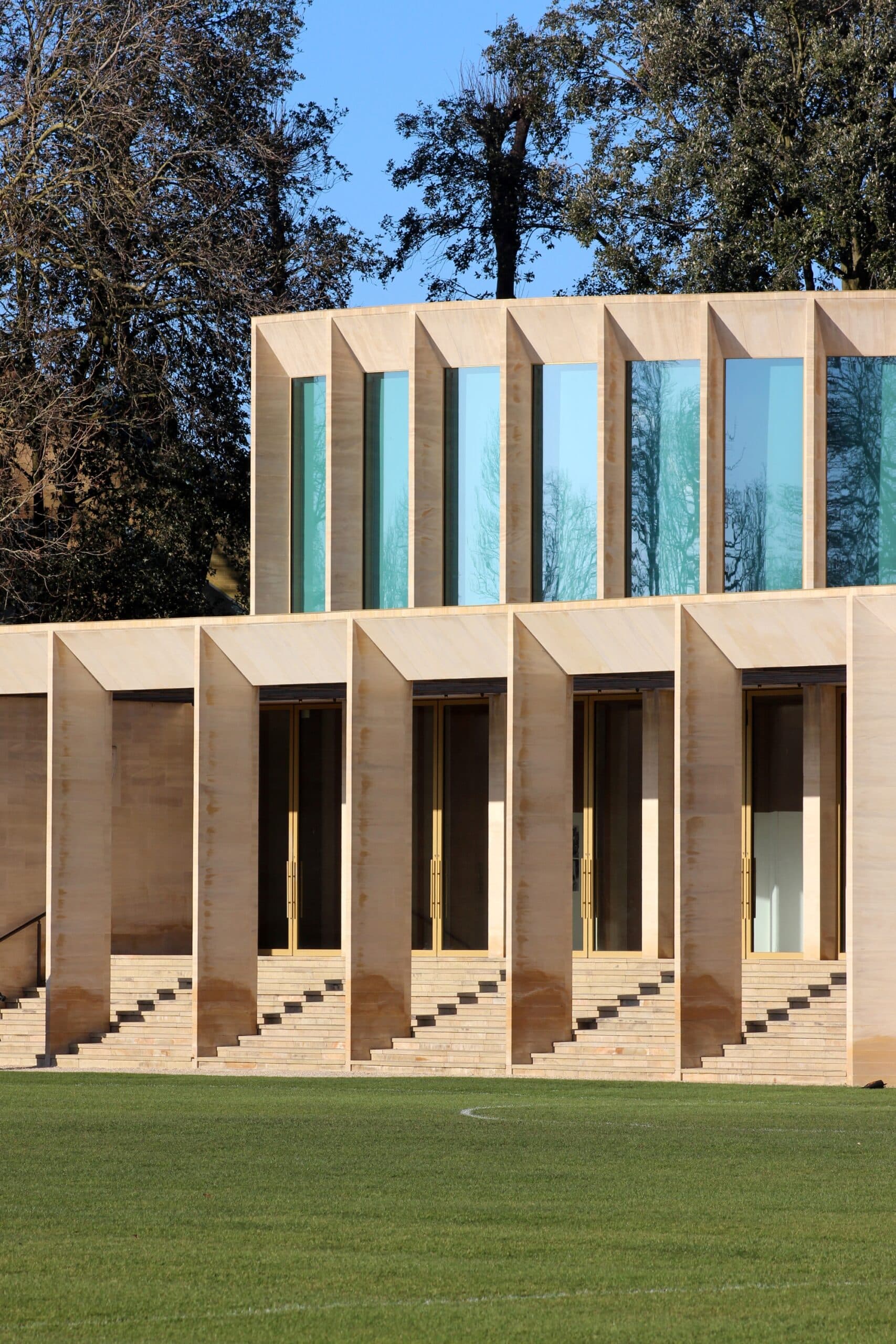
Sultan Nazrin Shah Centre
A new era begins...
In September 2023, Worcester received its largest ever single gift: £30 million from Honorary Fellow Sir Lindsay Owen-Jones KBE. This phenomenal gift will enable the construction of a new library and study centre and dedicated graduate accommodation. This marks the start of a transformational period for the College as we move towards our goal of being a forward-looking institution with academic excellence at its core.









